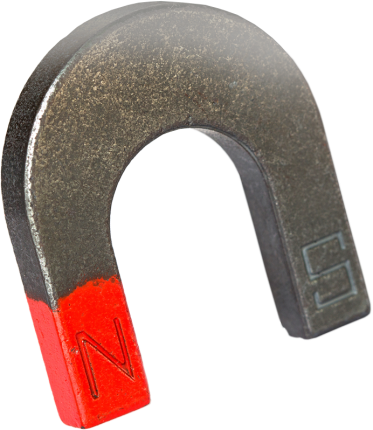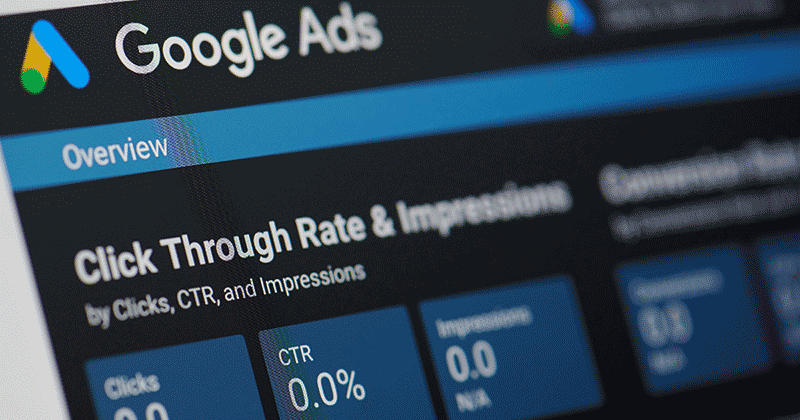Digital Ad Networks: Are they safe for brands?
After lunch and some emergency Advil, I’m ready for another exciting panel. This time moderator Brad Berens (ad:tech & iMedia) will join panelists Jocelyn Griffing (ICON international), Dave Zinman (Yahoo!), Tim Vanderhook (Specific Media) and Sean Cheyney (AccuQuote) to discuss whether or not ad networks are worth the buy in.
Brad jumps up and says that this is going to be interactive and that’s it’s all about fear and greed. What do you fear and what do you want? He acknowledges that there are some substitutions on the panel (par for the ad:tech course, as you know.)
Brad’s silly thing about himself: He’s been collecting comic books for 35 years. [Why is that silly? Don’t even say it, Lisa]
Jocelyn’s silly thing is that she hasn’t thrown up since 1984. That gets her a lot of applause. David wants to know what happened in 1984.
His silly/interesting thing is about his grandfather meeting Babe Ruth and getting a bat. It’s in his 3-year-old son’s room.
Sean’s next. His silly thing is that five years ago he was married at mile 10.5 of the Disney marathon. They ran the rest of the race holding hands and he carried her across the finish line. Aw!
Tim’s thing is that he’s old enough to vote and drink alcohol. [He’s rather baby-faced.]
Some audience polling goes on: buyers, agencies, sellers, press, publishers. They’re all behind me so I can’t break it down for you.
Brad thinks there’s a gap between the expo and the conference. I agree. There’s a lot of change and upheaval and consolidation in the ad network space. How do you decide which is a good network and how do you build a good network.
Jocelyn: You start with your client and their media budget. Based on their needs, you do some looking and figure out who the networks are, which will match. At the end of the day, it’s a relationship business. You tend to work with the people who service you well, who treat you well and who return quality. The technology is important, the capability is important, but the base of it is quality and relationship. There’s an interesting article in the journal on adnetworks he says.
Brad: Yes, it’s relationships but ad networks make their claims on their technology.
Sean: They use similar criteria. Do you work with a publisher directly? He wants to know that there’s a level of quality control. He asks his peers who they use, particularly people that he knows do well. Transparency is important.
Tim: It’s a trust game when it comes down to the networks themselves. It’s about scale. They want 100 million people, not 5 million people. They want a lot of inventory with laser focus. It’s about longevity and being good stewards. It takes years to build.
Brad: From Yahoo’s side, your capabilities are changing rapidly with the things you’re acquiring, leaving the Microsoft thing aside. How do you handle the trust issue?
Dave: We see what Jocelyn says about reach. It’s like they say about golf. You drive for show but you putt for dough. In then end, you go with the people with reach. He’s from Blue Lithium, a company that was acquired by Yahoo, he can see the difference already. It’s about communicating who you are and what you can do.
Brad opens it up to the floor to see what people down in the audience think. The first question is rather specific but generally translates to: As a content creator, how do you choose?
Dave: A network is only as trustworthy as its least trustworthy publisher. They test new publishers all the time but they need to be able to say to their advertisers that they know where their ad is going to show up.
Tim: You really need to match the people who fit.
Sean: We can definitely tell when a network isn’t doing its due diligence and are just filling their network with garbage. We want to see numbers but only numbers that we’d be willing to advertise on.
Jocelyn: She says that she can pretty much always figure out what’s going to work. She asks them to optimize for her and how quickly and effectively they can do that tells her how close they are with their publishers.
Dave: Do you want your ad network to be like a private club or like a bus depot. You need to understand what the admission process is.
ESPN dropped ad networks. Thoughts?
Tim: Specific was mentioned but they didn’t actually have any ads with us. Really the question is what is that value proposition? I think it was a mistake but if any brand can do it, they would be able to.
Jocelyn: It doesn’t matter to me. I don’t buy an ad network for one site. If I really want ESPN, I’d go get it but that wouldn’t make me not choose an ad network.
Brad: The topic is what’s safe for brands. What type of ads are good for networks?
Jocelyn: I think it’s like building a sandwich. You’re going to have some that you want as single site publishers and some that you want a mix. Maybe you want mass tonnage and that’s when you want an ad network.
Sean: We’re taking a similar approach. We go after the sites that we specifically want first, then we start looking at where is the volume that we want, whether it’s sales, reach, volume, etc. Nimbleness is a factor that we’re looking at.
Thoughts on user generated content? Blogs, politics, etc.
Sean: For us there are certain things that we want to steer away from. Today is the anniversary of Virginia Tech, we don’t want an ad ‘what would happen to your family if you die today’ running next to a story about that or service men and women dying. It all goes back to the trust issue. We have to trust that we’re not going to run on sites that aren’t going to be bad for our brand. You’re looking to minimize your exposure to risk. We have the same conversation with CNN as we’d have with the ad networks about what’s appropriate. We’re okay with politics.
Dave: Social media gets back to the trust factor. Monster.com, for example, is UGC but it’s not the same kind of UGC as others. You need to make a distinction about what KIND of UGC is okay. We have a code of conduct for our publishers and it’s the strictest in the industry.
Tim: It’s an issue for most marketers still today. It’s a risk that they’re not willing to take. Some brands are okay with it but most are not.
Sean: You need to insist on that pre-buy transparency. We want to be able to select which sites are okay for us.
Brad: You’re willing to spend more for that?
Sean: I’m willing to pay a little bit more for that. If there’s 1000 sites and we want 600, then that’s what we’ll pay for.
Jocelyn: It really depends on the client. I have clients that don’t care about the transparency. They care about metrics or conversions. It’s about your pain threshold.
What about contextual relevance? Can networks offer the same quality there?
Jocelyn: Yes, in my experience I’d say so. What it’s worth depends on the client. You look at performance and you start optimizing shortly after you start running. There are some ad networks that focus on the kind of industry. Not everything is Yahoo or Specific.
Sean: We buy ad inventory through CNN Money. But we also buy through ad networks as well, [Gives a specific example] Much smaller, much longer tail. It actually can perform better because it’s more contextually relevant.
Dave: No, I don’t think you can get the same branding from a network as a specific buy. The reason specific buys cost more is because you have the surety. Yes, you can still get value but he doesn’t think it’s the same value. You sacrifice value for reach.
Tim: Ad networks don’t look at it from a contextual standpoint, they look at it more from a behavioral standpoint.
Do full site listings compromise your relationship with advertisers?
Tim: We’re not fully transparent. The networks that are really successful are selling people, not brands. If you’re trying to cherry pick, just call the publisher directly.
How do you form new relationships? How much do you spend?
Sean: we want to spend enough to get a statistically relevant sample. We’ll throw $5-$10k at it to see if it works. If they say it has to be $25k or nothing, then we take that as being that they’re not that confident. High minimums, lack of transparency, how upfront they are — those are all red flags. I don’t feel like I need to buy from one ad network in general.
Jocelyn: I encourage clients to spend at least $15k on a test. She disagrees that $25k minimums mean that they’re not confident. She thinks it’s because they’re lazy. It’s enough to make her not want to work with them though.
Tim: I think that’s pretty reasonable. I think it’s an overall service level, not just one campaign but a couple of campaigns.
Jocelyn: Delivery is a major test for me. If you consider the sales over at the insertion order, that’s a failure.
Sean: By the way, there’s a difference between minimums on auditioning an ad network and one that you have a trust level with.
Brad: How does the new-on-the-job media planner who is just starting out learn to do this? Any tips?
Sean: Network and seek out mentors. Find people who know what they’re talking about or who say they do. Email them, ask questions. When I bring in a new media buyer, I give them books to read, places to go, people to contact. It’s teaching a man to fish.
Tim: We just send them a case of beer and it works out.
Jocelyn: Attending conferences, reading. It’s research. Reading case studies. Find a job where you have a good mentor. Go to a big solid stable company and learn there. Be around best-in-class people.
Dave: Training. Go to a company that’s going to invest in you.
26,000+ professionals, marketers and SEOs read the Bruce Clay Blog
Subscribe now for free to get:
- Expert SEO insights from the "Father of SEO."
- Proven SEO strategies to optimize website performance.
- SEO advice to earn more website traffic, higher search ranking and increased revenue.

One Reply to “Digital Ad Networks: Are they safe for brands?”
LEAVE A REPLY









